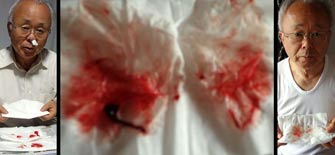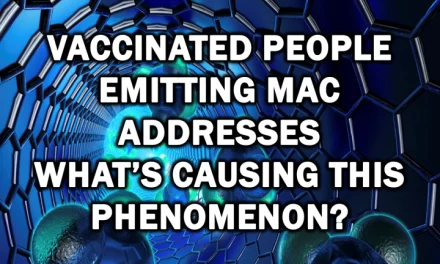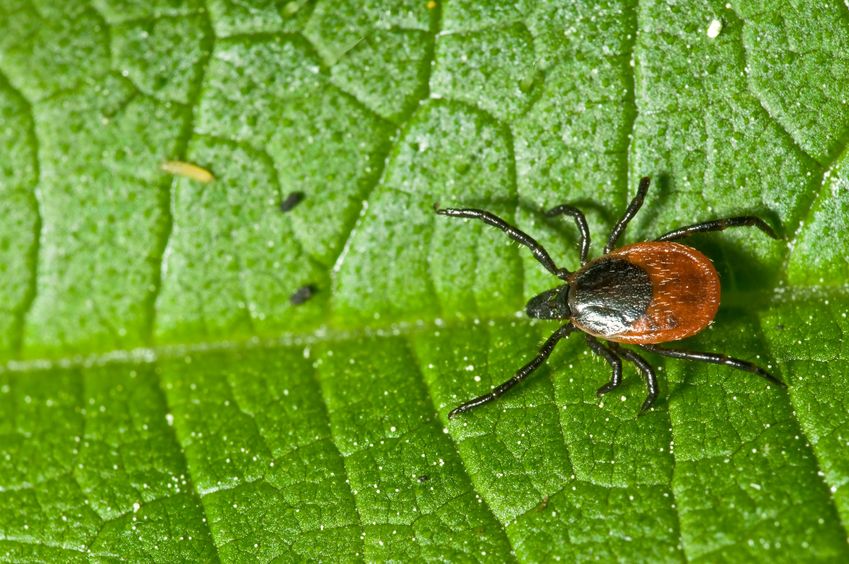 : “You can no longer live in Fukushima”… many suffer due to radiation — Fukushima U. Prof.: Impossible to make it so people can live here — Top Govt Spokesman: Nosebleeds & nuclear disaster NOT related
: “You can no longer live in Fukushima”… many suffer due to radiation — Fukushima U. Prof.: Impossible to make it so people can live here — Top Govt Spokesman: Nosebleeds & nuclear disaster NOT related
Japanese gourmet manga “Oishinbo” went further down its antinuclear path in the most recent serialized chapter released on Monday, after sparking controversy with the previous chapter on fallout from the nuclear accident at Tokyo Electric Power Co.’s Fukushima No. 1 nuclear power plant.
In the latest episode in Shogakukan Inc.’s Big Comic Spirits magazine, characters warned against living in Fukushima Prefecture.
The previous chapter of Oishinbo, published on April 28, drew criticism for linking nosebleeds—including one suffered by the manga’s lead character—to radiation from the northeastern Japan power station where a triple reactor meltdown occurred shortly after the March 2011 earthquake and tsunami.
At a news conference Monday, Chief Cabinet Secretary Yoshihide Suga said experts deny any causal relationship between nosebleeds and exposure to radiation following the accident. Environment Minister Nobuteru Ishihara made a similar remark on Friday.
The government will continue to disseminate accurate information based on scientific evidence, Suga said. But he said that the government will not lodge a protest with either the publisher or the author of the work, saying that the issue is a matter of freedom of expression.
In the latest story, the real former Futaba Mayor Katsutaka Idogawa returns as a character who says that many locals suffer from symptoms such as nosebleeds and fatigue “because they were exposed to radiation.”
In the manga, Idogawa also criticizes the responses from TEPCO and the central government to the worst nuclear accident in Japan’s history. Futaba is one of two municipalities that host the Fukushima No. 1 plant.
Another character in the newest chapter says that Idogawa made his remarks after giving thorough thought to the issue and based on his own experience, explaining that the remarks “are immune from any lie or falsehood and are weighty.”
“You simply can’t decontaminate a wide area in Fukushima and make it a place where people can live again,” a character portraying Takeru Arakida, associate professor at Fukushima University, says in the manga. “This is the truth of Fukushima,” another character responds.
The latest episode drew backlash from Fukushima Prefecture and other local governments concerned.
The Fukushima prefectural government said it cannot tolerate the story because it may fuel radiation-related rumors harmful for its citizens. The prefecture issued a rebuttal statement to Shogakukan last Wednesday, in which it said average residents in the prefecture have not been exposed to radiation intense enough to cause acute symptoms such as nosebleeds. The rebuttal also referred to assessment reports by the World Health Organization and a U.N. scientific panel that forecast no further increase in radiation-caused health problems.
The Osaka city and prefectural governments sent written protests to the publisher Monday, because the latest Oishinbo story featured a character that claimed to have detected symptoms of eye and respiratory disorders among residents near a plant incinerating tsunami debris.
The Osaka city government said no such situation exists. The western Japan city received 15,300 tons of tsunami debris from northeastern Japan, including Miyako, Iwate Prefecture, to assist municipalities that lacked sufficient waste disposal capacities.
Osaka Gov. Ichiro Matsui told reporters there are already too many misunderstandings about areas hit by the 2011 disasters including the nuclear accident. “Please don’t do things that will lead to greater confusion,” he said.










